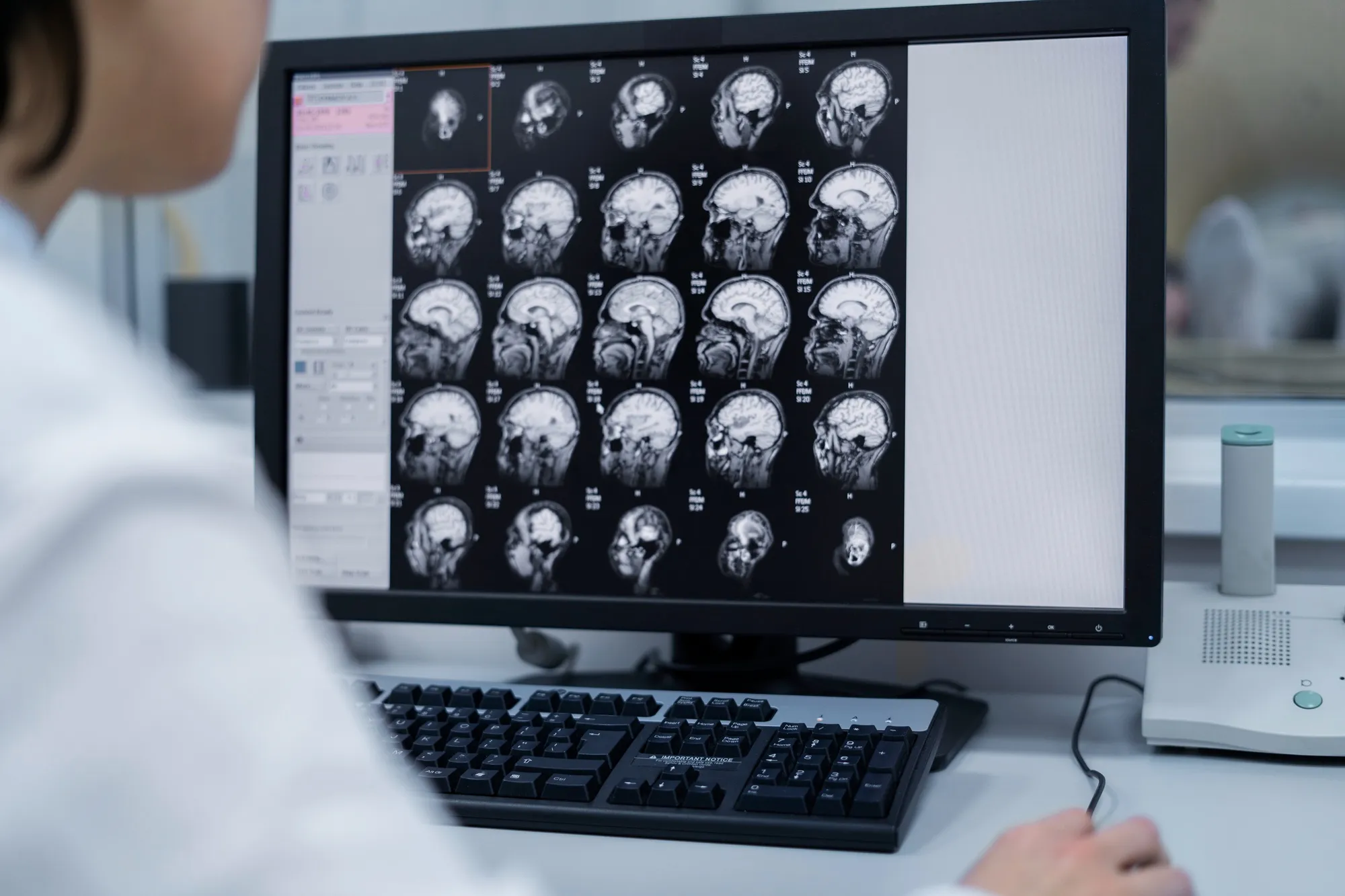Abstract
Autism spectrum disorder (ASD) is a multi-faceted neurodevelopmental condition that poses significant diagnostic challenges due to its diverse genetic and neural complexities. Despite progress in magnetic resonance imaging (MRI), there is still a need for improved accuracy in ASD diagnosis and a more profound understanding of its neurogenetic factors. A recent study led by Gao Jingjing J. and team presents an innovative dual-branch graph neural network model that not only enhances diagnosis accuracy to 73.9% but also provides an explanation for the brain’s distinctions in individuals with ASD. This groundbreaking research combines brain imaging markers with neuro-transcriptomic analysis to identify potential genetic biomarkers, advancing the frontiers of ASD diagnosis and treatment.
Introduction
Autism spectrum disorder affects millions of people worldwide with a spectrum of symptoms that can hinder social interaction, communication, and cognitive function. Early and accurate diagnosis is crucial for effective intervention, but variability in symptoms and underlying causes makes this challenging. To address these difficulties, a study recently published in the journal “Cerebral Cortex” introduces a cutting-edge approach that incorporates multi-modal brain imaging and deep learning to improve diagnostic practices.
Methods and Materials
Researchers from the University of Electronic Science and Technology of China and Xihua University, including Gao Jingjing J., Xu Yuhang Y., Li Yanling Y., Lu Fengmei F., and Wang Zhengning Z., set out to create a model that would use structural and functional magnetic resonance imaging (sMRI and fMRI) to distinguish between ASD and healthy controls.
The dual-branch graph neural network designed by the team effectively extracts features from both structural and functional MRI data. By utilizing the complementary nature of both modalities, the network provides robust diagnostic insights. The perturbation model they established helps to analyze how slight variations in brain imaging data affect the model’s output to pinpoint ASD-related brain changes.
In addition to the imaging markers, the researchers conducted a comprehensive neuro-transcriptomic joint analysis to identify potential genetic biomarkers linked to ASD. They implemented partial least squares regression and enrichment techniques to correlate gene expression patterns with brain development anomalies associated with the disorder.
Results
The innovative dual-branch graph neural network implemented in this study achieved an impressive 73.9% accuracy rate in diagnosing ASD, a significant advance over previous models. The perturbation model revealed that brain imaging markers related to ASD were predominantly found in the frontal, temporal, parietal, and occipital lobes when considering structural MRI data, and in the frontal, temporal, occipital lobes, and cerebellum for functional MRI.
Furthermore, the neuro-transcriptomic joint analysis unveiled several genes associated with biological processes such as “presynapse,” “behavior,” and “modulation of chemical synaptic transmission” that may play critical roles in the neural development of individuals with ASD.
Discussion
This study represents a major step forward in understanding the complexities of ASD diagnosis. By leveraging advanced deep learning techniques, researchers can more accurately analyze the wealth of data provided by structural and functional brain imaging.
The findings suggest that multi-modal brain imaging could provide a more comprehensive view of the neural signatures associated with ASD, potentially leading to earlier and more accurate diagnoses. The integration of genetic biomarkers in the analysis paves the way for personalized treatment strategies, potentially revolutionizing the therapeutic approach for individuals with ASD.
Conclusion
This comprehensive exploration of multi-modal and multi-branch imaging markers for ASD diagnosis through advanced deep learning models offers profound insights into the disorder. The dual-branch graph neural network, combined with a perturbation model and neuro-transcriptomic analysis, creates a powerful tool for clinicians and researchers. It not only improves diagnostic accuracy but also sheds light on the genetic underpinnings of ASD, enhancing our ability to treat and support individuals affected by the condition.
Future Directions
This study opens the door to further research on the integration of other biomarkers and environmental factors that may contribute to ASD. Continued refinement of the model and its application in larger, more diverse populations could help to solidify its use in clinical settings. Moreover, exploring the relationship between the identified genetic markers and environmental triggers of ASD could lead to comprehensive prevention and intervention strategies.
References
1. Gao, J.J., Xu, Y.H., Li, Y.L., Lu, F.M., & Wang, Z.N. (2024). Comprehensive exploration of multi-modal and multi-branch imaging markers for autism diagnosis and interpretation: insights from an advanced deep learning model. Cereb Cortex. doi:10.1093/cercor/bhad521
2. National Natural Science Foundation of China (Grant No. 61701078)
3. Sichuan Province Science and Technology Support Program (Grant No. 2019YJ0193)
4. Medico-Engineering Cooperation Funds from University of Electronic Science and Technology of China (Grant No. ZYGX2021YGLH014)
5. National Key Research and Development Program of China (Grant No. 2023YFE0118600)
Keywords
1. Autism Spectum Disorder Diagnosis
2. Deep Learning in Neurogenetics
3. MRI Markers for Autism
4. Genetic Biomarkers in Autism
5. Advanced Brain Imaging Analysis
© The Author(s) 2024. Published by Oxford University Press. All rights reserved. For permissions, please e-mail: journals.permissions@oup.com.
